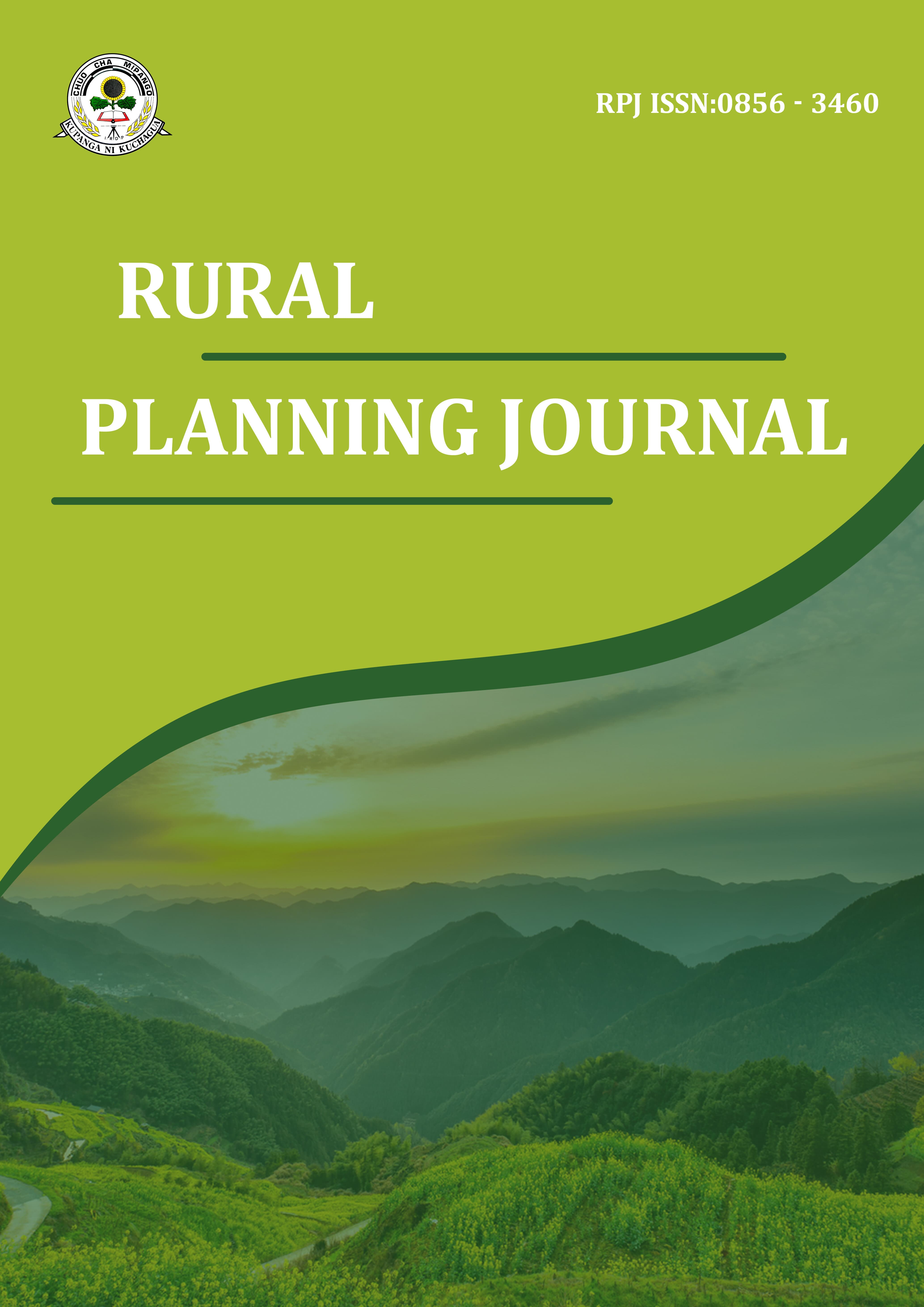Factors for Community Participation in Surface Irrigation Scheme: Experience from Ndanda Irrigation Scheme in Masasi District, Tanzania
DOI:
https://doi.org/10.59557/rpj.26.2.2024.81Keywords:
Community participation , Irrigation Scheme, Masasi district, AgricultureAbstract
Tanzania has a total of 44 million hectares suitable for agriculture. However, only 10.8 million hectares are used for cultivation producing diverse crops. Besides, the country has an irrigation potential of 29.4 million hectares, of which by 2023, only 727,280.6 hectares were under irrigation agriculture, equivalent to 2.5%. In promoting community participation in irrigation agriculture through the surface irrigation scheme to increase the production of crops, the Masasi District Council initiated the Ndanda surface irrigation scheme using the participatory planning methodology of Opportunities and Obstacles to Development (O&OD). Through the O&OD process, the Ndanda surface irrigation scheme was prioritised and established in 2006 as a response to the declining productivity of rain- fed agriculture in the ward. The scheme occupies a total area of 350 hectares and is expected to benefit 23,147 people. However, only 104 hectares are under cultivation through surface irrigation due to a low level of community participation. Therefore, this paper assesses factors influencing community participation in the surface irrigation scheme in Masasi District, taking the Ndanda surface irrigation scheme as a case. A sample of 154 participants was used. The study used a cross-sectional research design that blended qualitative and quantitative methods. Data were collected from primary and secondary sources. The binary logistic regression model was used to analyse participation influencing factors. The qualitative data were analysed through content analysis. The findings from the study indicated that community participation in the Ndanda surface irrigation scheme was significantly associated with the perception of smallholder farmers on the scheme and prevailing economic and institutional factors.
Downloads
Downloads
Published
Issue
Section
License
Copyright (c) 2025 Rural Planning Journal

This work is licensed under a Creative Commons Attribution-NonCommercial-ShareAlike 4.0 International License.





